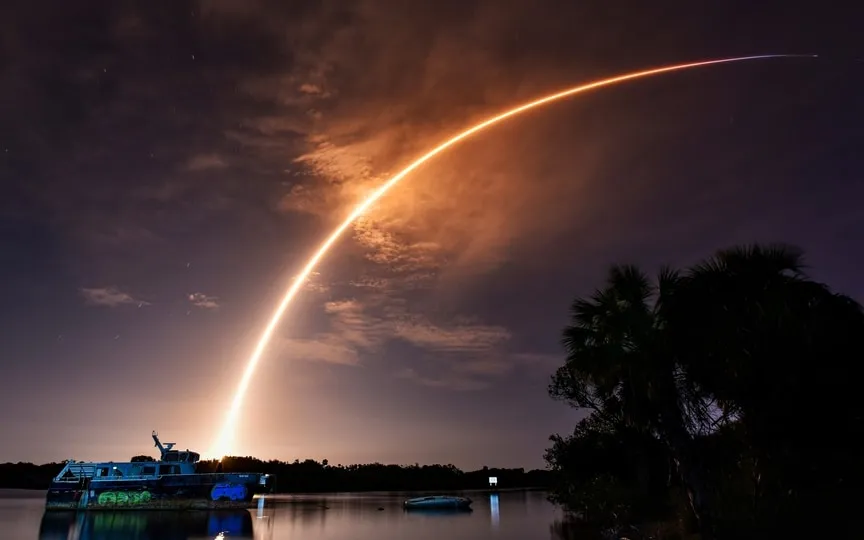SpaceX Starlink Satellites Encounter Alarming Danger in Orbit
The low Earth orbit is increasingly becoming a hazardous environment as it becomes overcrowded. Currently, there are 4,411 SpaceX Starlink satellites operating in this region, with CEO Elon Musk intending to launch even more in the coming time. Consequently, these lower orbits are experiencing a significant rise in congestion. A recent report reveals that Starlink satellites had to perform over 25,000 collision-avoidance maneuvers within a span of six months to prevent collisions with other objects in space. On average, this amounts to approximately 137 maneuvers per day.
According to a report filed by SpaceX with the US Federal Communications Commission (FCC), it was revealed that between December 1, 2022 and May 31, 2023, Starlink satellites performed more than 25,000 maneuvers to avoid potential dangerous approaches. spacecraft, decommissioned satellites and other space debris.
The report also noted that the number has doubled from the previous six-month period from June to November 2022. In total, these satellites have maneuvered more than 50,000 times since the first launch of the Starlink constellations in 2019.
The lower orbits are dangerously crowded
Part of the reason for these close encounters with other objects is space debris. Space junk includes man-made objects such as pieces of spacecraft, small flecks of paint from spacecraft, parts of rockets, defunct satellites, or explosions of orbiting objects flying through space at high speeds. And if you’re wondering why such small debris is a concern? The reason is that in space, both debris and spacecraft travel at a very high speed of 56,520 km/h. At this speed, even small particles can cause massive destruction.
NASA is currently monitoring up to 27,000 pieces of orbital debris. In 2021, it highlighted the problem in a blog post, stating: “Even small flecks of paint can damage a spacecraft when traveling at these speeds. Several Space Shuttle windows were replaced due to damage caused by analyzed material that has been determined to be flecks of paint. In fact, millimeter-sized orbital debris represents the greatest mission-termination risk for most robotic spacecraft that operate in low Earth orbit.
But that’s only half the problem. The growing number of satellites, especially the SpaceX Starlink satellites, is also a major threat to future space missions.
CEO Elon Musk had said he plans to send 12,000 Starlink satellites into space. We’re only a third of the way through. And SpaceX will continue to launch more regularly in batches of 800. More worryingly, Musk has already received partial approval from the FCC to launch 30,000 more satellites as part of the second-generation Starlink constellation.
And the problem with such a high satellite density is starting to show. In 2019, the European Space Agency (ESA) had to move its Aeolus Earth observation satellite to avoid a collision with an incoming Starlink. Similarly, in 2021, China will have to turn its space station twice to avoid hitting the Starlink satellite. China also filed a complaint with the UN.
If the trend continues, not only will existing satellites and spacecraft in low orbits have to deal with massively high maneuvers and tortuous trajectories, but future missions will also struggle to find a clear path into space.




